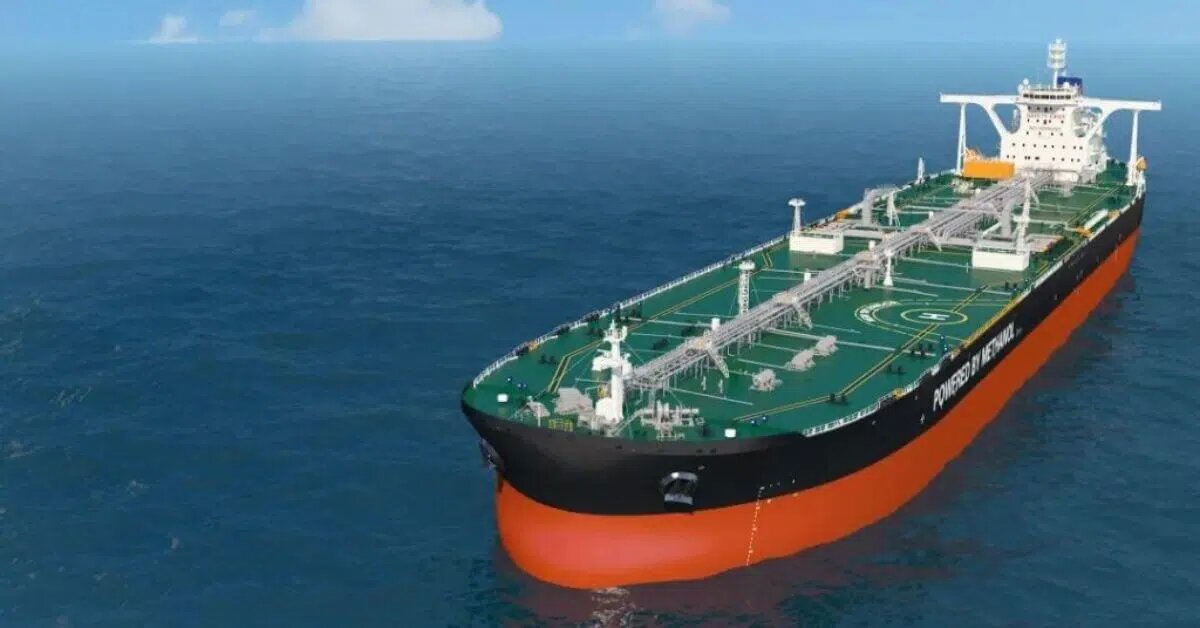Nikolas Martinos-led Thenamaris has divested a mid-sized Aframax tanker that was previously involved in an explosion incident in the Mediterranean Sea
The prominent Greek shipowner confirmed the sale of Seajewel, a 108,929-dwt tanker built in 2009, when contacted by Riviera. However, the company emphasised the sale is entirely unrelated to the explosion that occurred last February.
Financial details of the transaction remain undisclosed. According to Allied Shipbroking’s latest weekly report, a 15-year-old Aframax tanker is currently valued at approximately US$34M.
Allied also reports 35 /LR2 tankers have changed hands since the beginning of the year, with an average vessel age of 16 years. This ranks as the second-highest volume among tanker segments, behind only the MR sector.
Thenamaris recently concluded a substantial newbuilding programme at South Korean and Chinese shipyards, covering both tankers and bulk carriers. The company currently manages a fleet of 93 vessels across all major shipping segments, according to its website.
Explosion incidents in the Mediterranean
Notably,Seajewel was one of several tankers targeted in explosive incidents in the Mediterranean this year. Vilamoura, operated by TMS Tankers, was the latest vessel to be affected.
In a recent report, Dryad Global notedSeajewel suffered two explosions while anchored off Savona-Vado, Italy. The blasts caused a 2×4-ft breach in the hull. Authorities are currently investigating the possible use of Soviet-era BPM-1 or BPM-2 limpet mines.
Maritime security experts have pointed out all targeted vessels had recently called at Russian ports. Thenamaris has consistently stated it operates in full compliance with international and European regulations.
According to Equasis, the vessel has since been renamedGattaca and is now listed under Greece-based Star Marine Management. The company has been approached for comment regarding its current involvement with the vessel.
MarineTraffic data shows as of 9 July, Gattaca was located in the Gulf of Finland, en route to Ust-Luga, a port in Russia. The vessel had departed from Italy.





